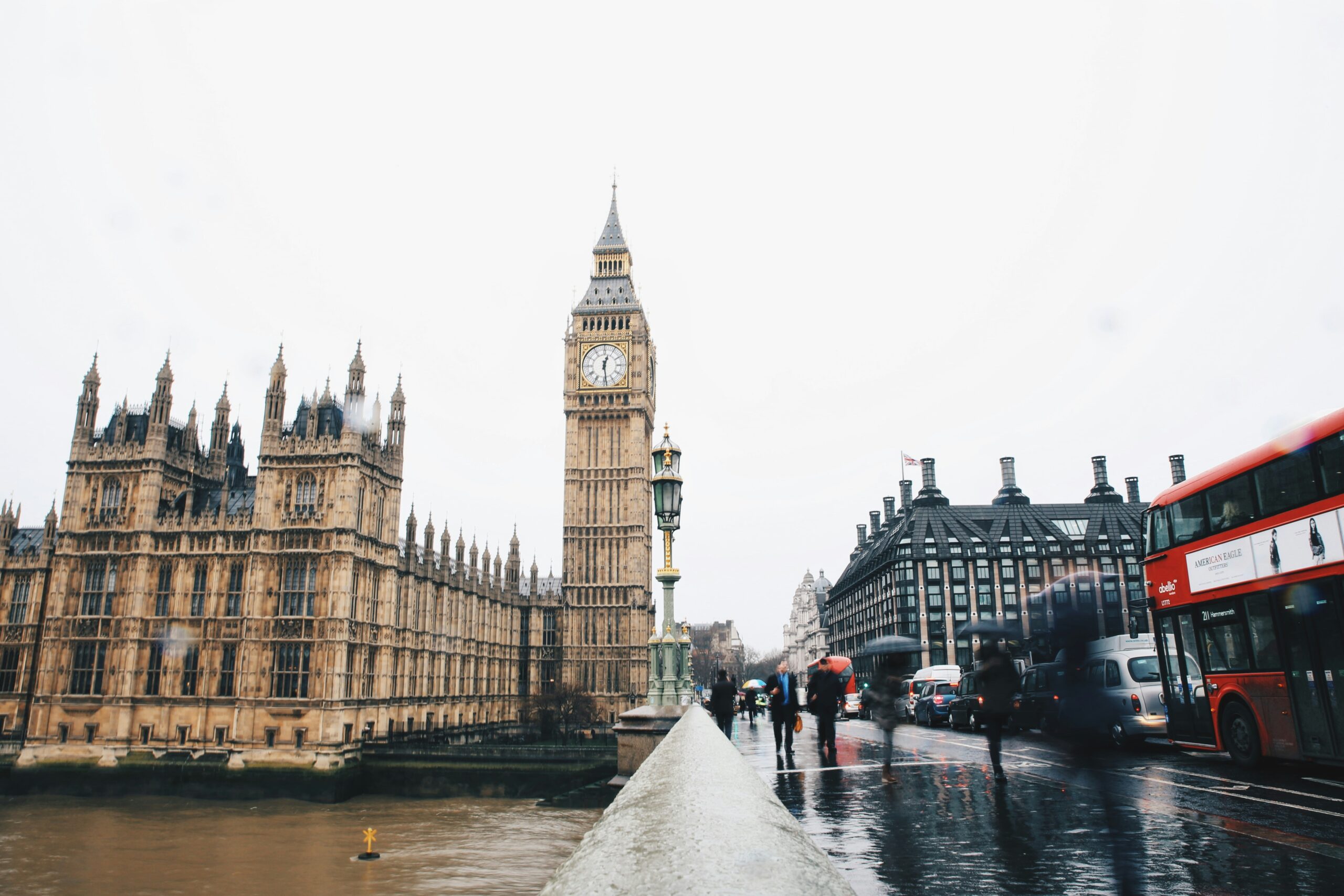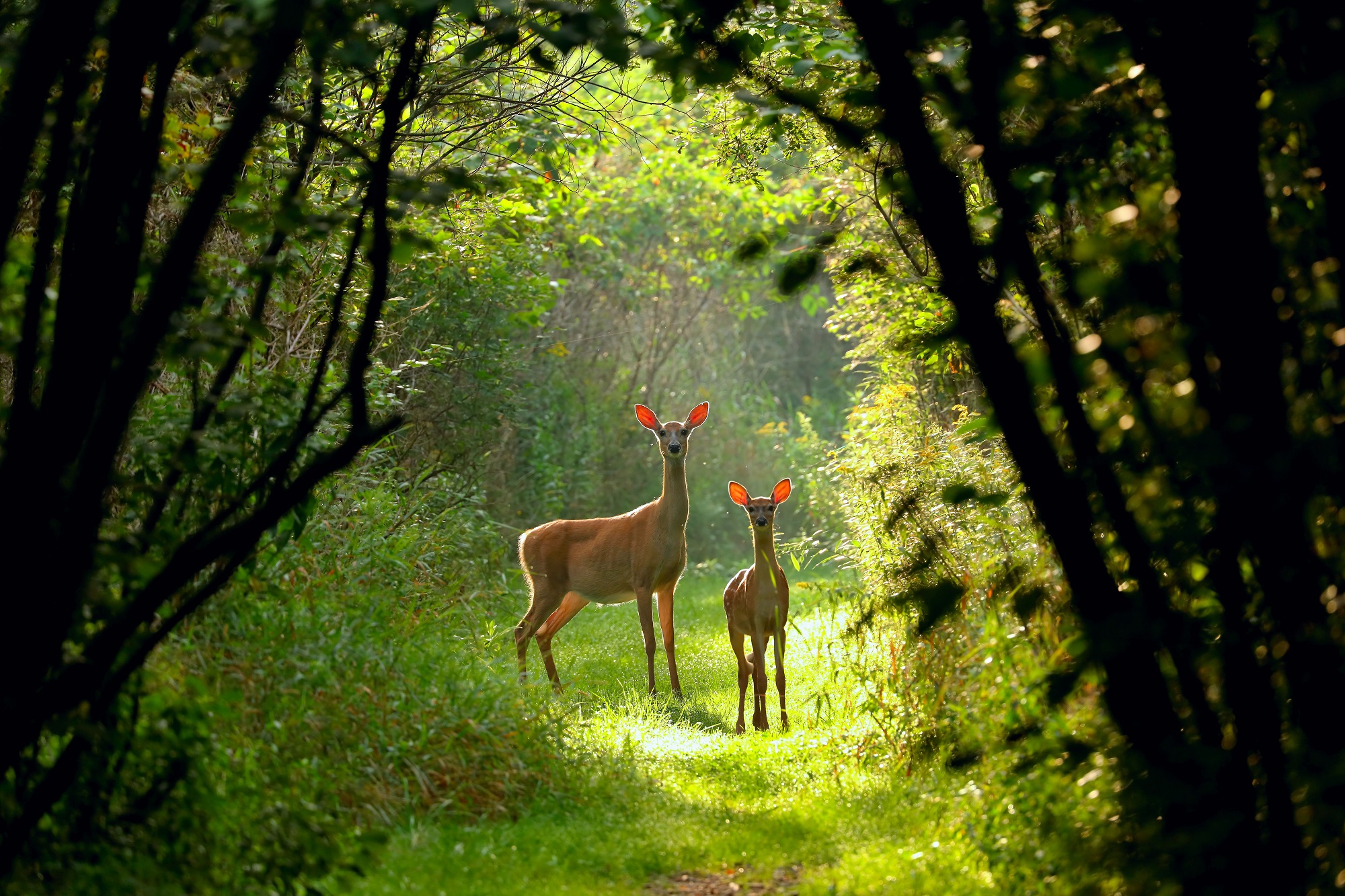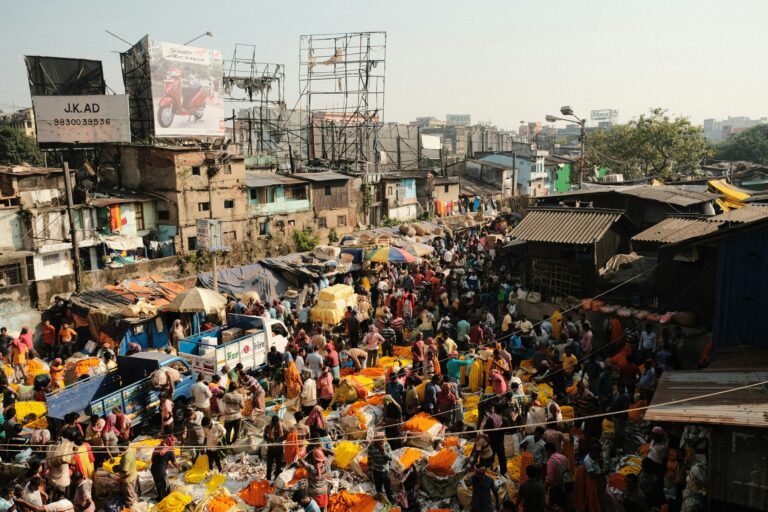
False Alarm: Britain’s “Birth Rate Crisis”
The Spectator, a weekly British news magazine, says Britain is in a birth rate crisis. Campaigns and Media Officer Madeleine Hewitt responds and explains why there is no need to panic over falling birth rates.
On Monday 15 June 2024, the Office of National Statistics (ONS) published its revised population projections for England and Wales between mid-2022 to mid-2023.
The ONS reported that the population rose by almost 610,000 to 60.9 million, the biggest annual increase in the UK’s population since 1949.
Despite the UK’s continued population growth, an article in The Spectator titled ‘Britain has entered a birth rate crisis’ once again raised the pronatalist red flag to criticise the UK’s low birth rate.
The current birth rate in England and Wales is 1.49 children per woman.
Our response
In response to the article, we sent this letter to the editor of The Spectator:
The poor performance of the UK economy does not lie at the fault of women for not having enough British babies, their wombs do not hold a secret lining to boost GDP. Low birth rates persist across the U.S and Europe, yet their economies continue to grow. The UK’s sluggish economic growth reflective of the poor state of the country, with raw sewage choking our rivers, 1 in 6 UK wildlife species threatened with extinction, and the wettest summer on record due to climate change. If we want to boost productivity of workers, then cleaning up the environment we all live in would improve worker’s health, moral, and pride in this country.
Population growth has been cited as one of the biggest drivers of carbon emissions, and as our rising numbers drive demand for more food, more housing, and more land, we destroy and pollute the natural world, driving other species to the brink of extinction. We need to stop focusing on growth, but drive regeneration, to invest in those already here for a Greener Britain.
Madeleine Hewitt,
Westminster, London

Stop the scaremongering
As discussed in a previous three-part blog series, Why The World Needs Fewer Babies, a low birth rate is part of a “demographic transition” of a developed country such as the UK.
As societies become more educated and developed, infant mortality declines, then fertility. Populations start to fall, then massively expand before contracting and ageing.
There are economic challenges to this: pensions, healthcare and worker shortages. But as the latest ONS figures make clear, the UK’s population is still growing, with record levels of net migration to the UK, we are not running out of workers.
A changing demographic landscape requires policies that prioritise individual choice, gender equality and environmental sustainability above population scaremongering.
Given the environmental problems the world is already facing, it’s clear we must move beyond the ‘growth’ mindset and instead focus on reducing our unsustainable demand and ending population growth through the positive solutions available.

